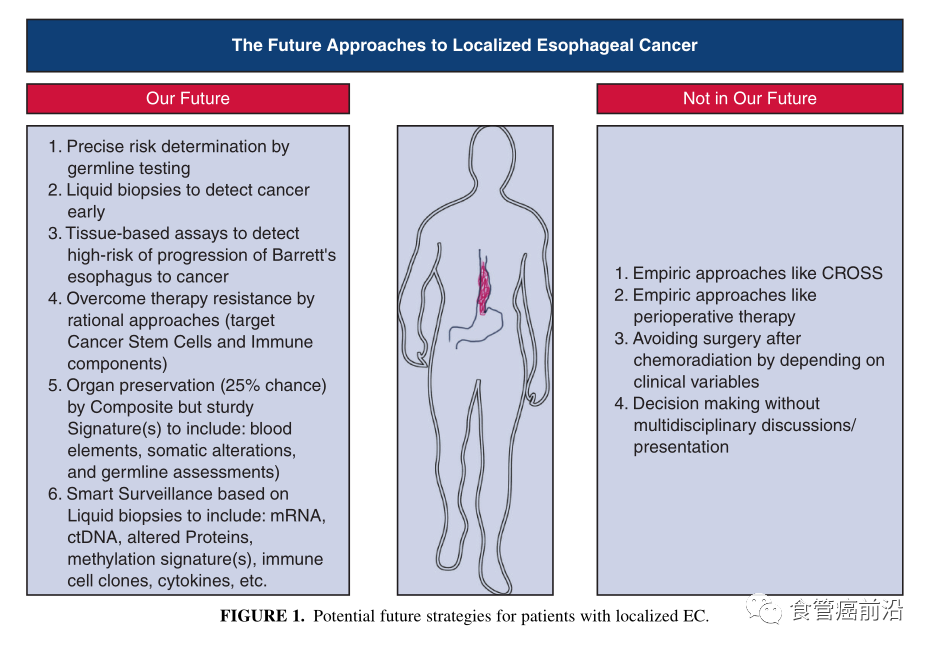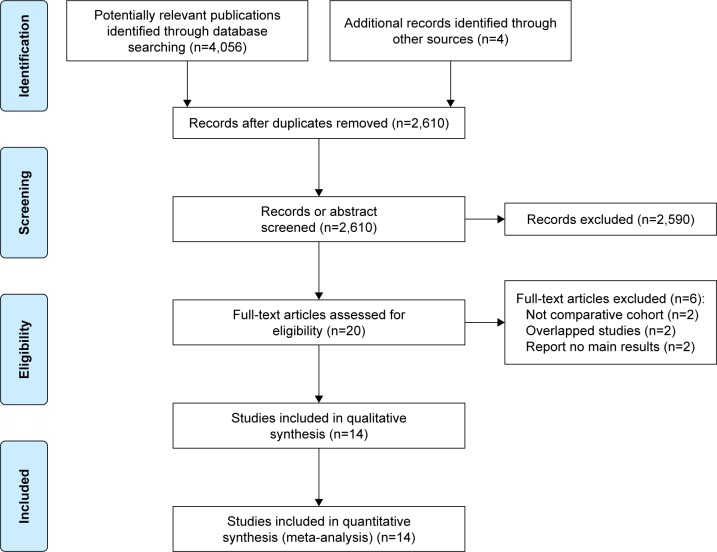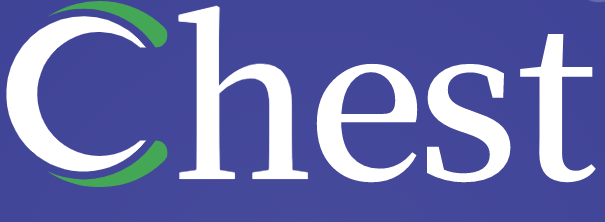Brown AM, Pucci MJ, Berger AC, Tatarian T, Evans NR 3rd, Rosato EL, Palazzo F. A standardized comparison of peri-operative complications after minimally invasive esophagectomy: Ivor Lewis versus McKeown. Surg Endosc. 2018 Jan;32(1):204-211. doi: 10.1007/s00464-017-5660-4. Epub 2017 Jun 22. PMID: 28643075.
Abstract
Background: While our institutional approach to esophageal resection for cancer has traditionally favored a minimally invasive (MI) 3-hole, McKeown esophagectomy (MIE 3-hole) during the last five years several factors has determined a shift in our practice with an increasing number of minimally invasive Ivor Lewis (MIE IL) resections being performed. We compared peri-operative outcomes of the two procedures, hypothesizing that MIE IL would be less morbid in the peri-operative setting compared to MIE 3-hole.
Methods: Our institution's IRB-approved esophageal database was queried to identify all patients who underwent totally MI esophagectomy (MIE IL vs. MIE 3-hole) from June 2011 to May 2016. Patient demographics, preoperative and peri-operative data, as well as post-operative complications were compared between the two groups. Post-operative complications were analyzed using the Clavien-Dindo classification system.
Results: There were 110 patients who underwent totally MI esophagectomy (MIE IL n = 49 [45%], MIE 3-hole n = 61 [55%]). The majority of patients were men (n = 91, 83%) with a median age of 62.5 (range 31-83). Preoperative risk stratifiers such as ECOG score, ASA, and Charlson Comorbidity Index were not significantly different between groups. Anastomotic leak rate was 2.0% in the MIE IL group compared to 6.6% in the MIE 3-hole group (p = 0.379). The rate of serious (Clavien-Dindo 3, 4, or 5) post-operative complications was significantly less in the MIE IL group (34.7 vs. 59.0%, p = 0.013). Serious pulmonary complications were not significantly different (16.3 vs. 26.2%, p = 0.251) between the two groups.
Conclusions: In this cohort, totally MIE IL showed significantly less severe peri-operative morbidity than MIE 3-hole, but similar rates of serious pulmonary complications and anastomotic leaks. These findings confirm the safety of minimally invasive Ivor Lewis esophagectomies for esophageal cancer when oncologically and clinically appropriate. Minimally invasive McKeown esophagectomy remains a satisfactory and appropriate option when clinically indicated.
MIE IL 的围手术期发病率明显低于 MIE Mckeown,但严重肺部并发症和吻合口漏的发生率相似。这些发现证实了在肿瘤学和临床上适当的情况下,微创 Ivor Lewis 食管切除术治疗食管癌的安全性。当有临床指征时,微创 McKeown 食管切除术仍然是一种令人满意且合适的选择。
Keywords: Anastomotic leak; Esophageal cancer; Ivor Lewis esophagectomy; McKeown 3-hole esophagectomy; Minimally invasive esophagectomy.
原文链接:http://www.xxwk.net/archives/470






